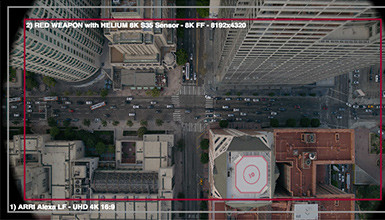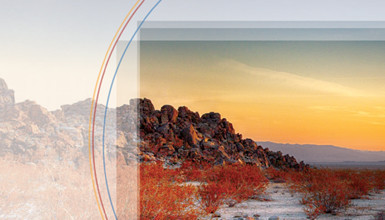The two CFast2.0 card slots on the C700 FF allow you to record high quality oversampled 4K files from the full 5.9K imager, in either XF-AVC (at up to 60 fps) or Apple ProRes (up to 30 fps), while simultaneously recording 2K or HD proxy files to the SD cards. With the addition of an optional Codex Raw recorder, you can capture Canon Cinema RAW RMF files using the full 5.9K (5952×3140) resolution at up to 60 fps. In 4K, you can record a maximum of 72 fps, while the 2K cropped mode yields up to 168 fps.
Just like the C700, the C700 FF offers Dual Pixel CMOS AF, providing the user with a fast, accurate autofocus performance. The C700 FF is also fully HDR production ready, as it supports both the PQ and HLG curve for on-set HDR monitoring in the ITU-R BT.2100 standard. The accompanying EVF-V70 features a special HDR simulation LUT, intended to produce an image close to PQ/HLG when monitoring on-set.
Since the C700 FF shares the same body as its predecessor, it’s fully compatible with all previous accessories. This also means you have the same 10 stops of internal, motorized ND. Existing C700 bodies will be able to be upgrade to the C700 FF.
Be sure to check out Andy's updated Field of View Tool 2.0, which now includes the C700 FF. And, for more information on the C700 FF, including detailed technical specs and videos, visit Canon's EOS C700 FF / EOS C700 FF PL page.

















